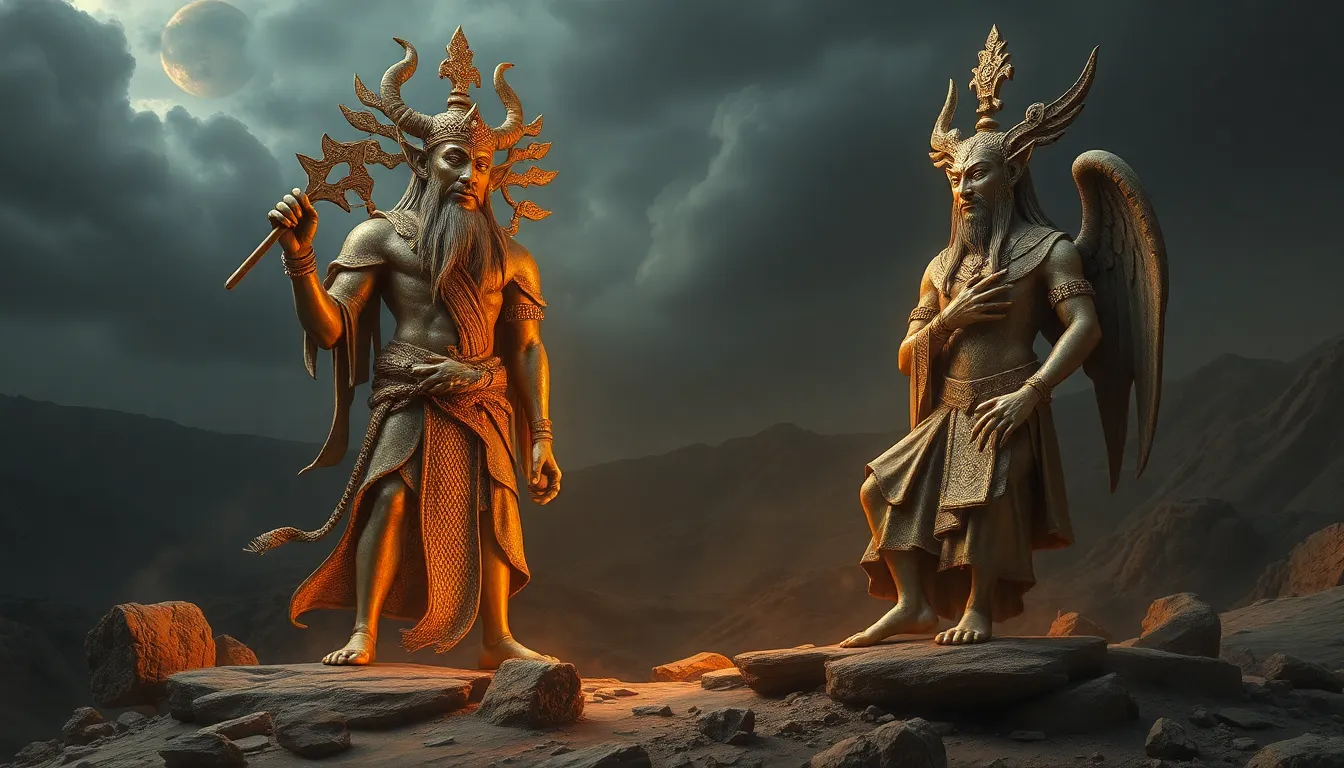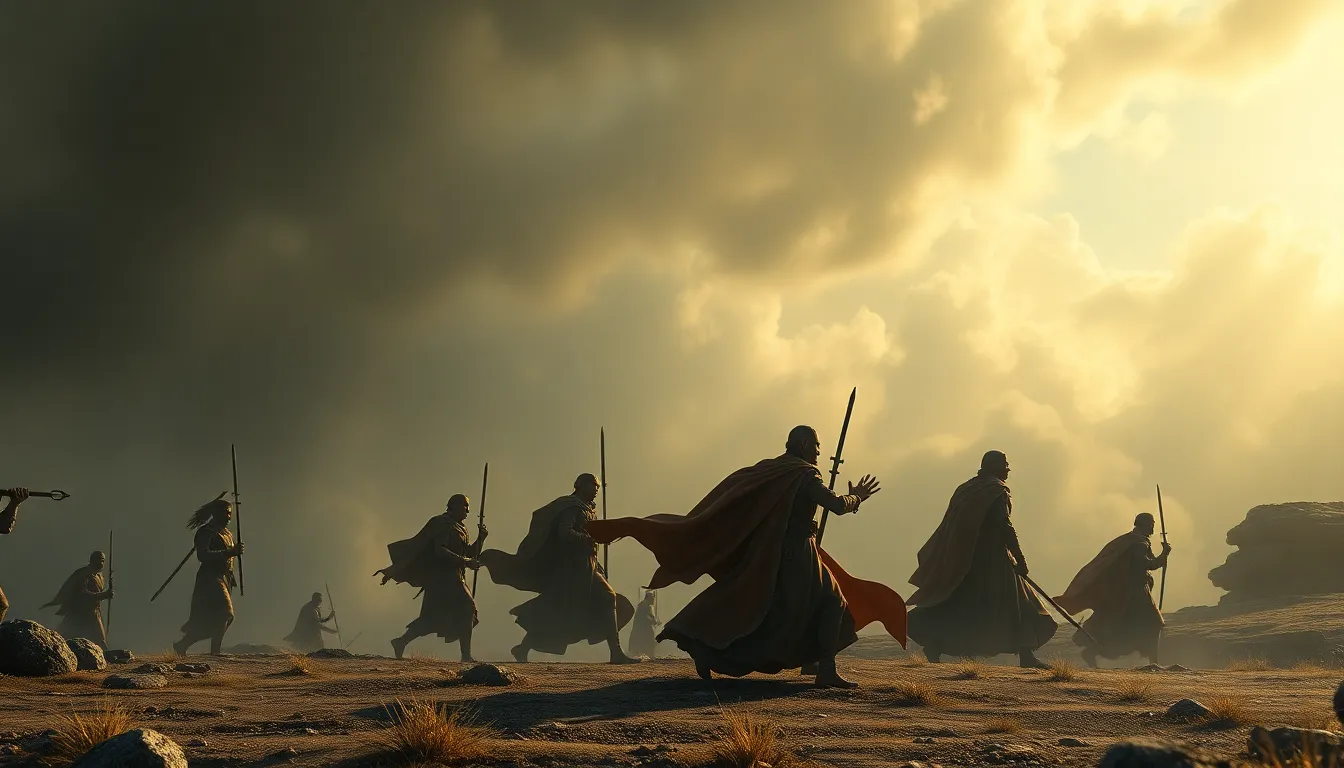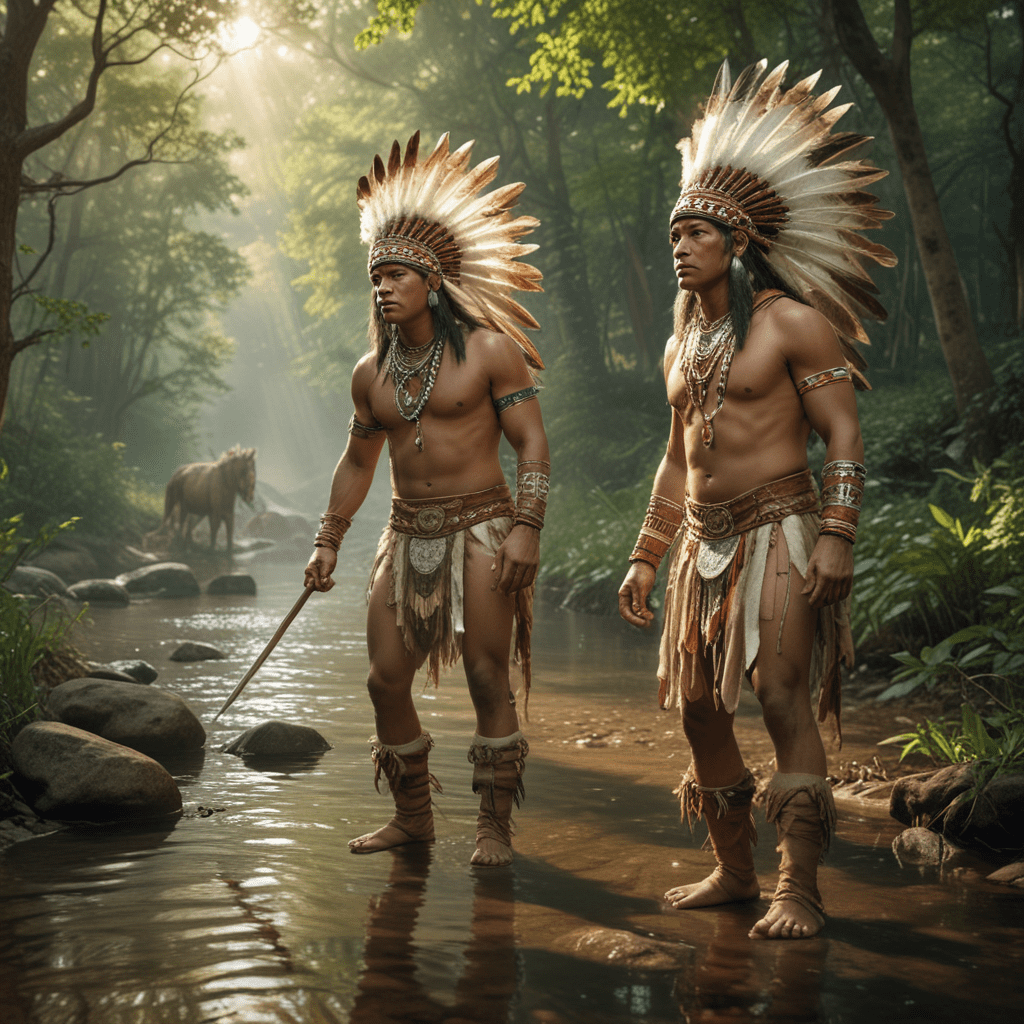The Most Unique Myths of Ancient Deities and Their Significance
I. Introduction
Ancient deities are the supernatural beings revered in various cultures, often embodying natural forces, human emotions, and societal ideals. Their roles in mythology extend far beyond mere storytelling; they served as the foundation for understanding the world and the human experience. Myths about these deities provide profound insights into the values, fears, and aspirations of the cultures that created them.
The importance of myths in understanding ancient cultures cannot be overstated. They reflect the beliefs, moral values, and historical contexts of societies, offering a window into their collective psyche. This article aims to explore some of the most unique myths surrounding ancient deities, examining their significance and how they shaped cultural identities. We will cover various themes, including creation myths, duality in deities, the role of tricksters, animal transformations, agricultural connections, underworld beliefs, and the narratives of powerful goddesses.
II. The Creation Myths: How Deities Shaped the World
Creation myths serve as foundational narratives that explain how the world and its inhabitants came into being. Different cultures have diverse creation stories that reflect their unique perspectives and values. These myths often establish cultural identity, providing a sense of belonging and continuity among members of a society.
One notable example is the Enuma Elish, the Babylonian creation myth. This epic describes the emergence of the universe from a primordial chaos through the actions of the god Marduk. As Marduk defeats the chaotic goddess Tiamat, he forms the heavens and the earth from her body. This myth not only illustrates the power dynamics among deities but also emphasizes the importance of order over chaos in Babylonian culture.
III. Deities of Love and War: Duality in Ancient Beliefs
Many ancient cultures featured deities that embodied both love and war, illustrating the duality of human experience. For instance, in Greek mythology, Aphrodite, the goddess of love, and Ares, the god of war, represent opposing yet complementary forces. Their relationship signifies the intertwined nature of love and conflict in human affairs.
The significance of this duality can also be seen in other mythologies, where love often leads to strife and war, and vice versa. For example:
- In Norse mythology, the love between Freya and Odin reflects the tension between desire and duty.
- In Hindu mythology, the tales of Kama and Kali explore the balance between erotic love and destructive power.
This duality reflects societal values, emphasizing that love and conflict are integral parts of the human experience.
IV. Trickster Deities: The Role of Chaos and Humor
Trickster deities, such as Loki from Norse mythology and Anansi from African folklore, are often characterized by their mischievous behavior and ability to subvert norms. These figures challenge societal expectations and introduce chaos, which can lead to new perspectives and innovations.
The importance of trickster figures is evident in their ability to question authority and provoke thought. They often embody the idea that chaos can be a catalyst for change and that humor plays a critical role in coping with life’s challenges. For instance:
- Loki often disrupts the order among the gods, leading to both trouble and resolution.
- Anansi uses his wit to outsmart adversaries, teaching lessons about intelligence over brute strength.
Culturally, these trickster figures symbolize the complexities of human nature, embodying both the light and dark aspects of existence.
V. Animal Transformations: Symbolism and Spirituality
Many ancient myths feature deities that can transform into animals, highlighting the connection between the divine and the natural world. These transformations often symbolize spiritual attributes or powers, reflecting the beliefs of the cultures that venerated them.
Animal symbolism is prevalent in ancient Egyptian mythology, where gods often take on animal forms to represent their divine qualities. For instance:
- Horus, the falcon-headed god, symbolizes kingship and the sky.
- Bastet, the lioness goddess, embodies home, fertility, and domesticity.
This connection between deities and animals illustrates the ancient belief in the sacredness of nature and the idea that the divine can manifest in various forms.
VI. Fertility and Agriculture Deities: Connection to Survival
Fertility and agriculture deities play a crucial role in ancient societies dependent on farming and sustenance. These deities, such as Demeter in Greek mythology and Ceres in Roman mythology, represent the vital connection between human survival and the cycles of nature.
The cultural significance of fertility myths is profound, as they encapsulate the hopes and fears associated with harvests and reproduction. Many cultures celebrated rituals and festivals dedicated to these deities, such as:
- The Eleusinian Mysteries in ancient Greece, celebrating the cycle of life, death, and rebirth.
- The Harvest Festival in various cultures, honoring deities for their blessings on crops.
These practices reinforced the community’s connection to the land and the divine, highlighting the essential role of agriculture in sustaining life.
VII. Underworld Deities: The Afterlife and Its Mysteries
Underworld deities govern the realm of the dead and the mysteries of the afterlife. Figures such as Hades in Greek mythology and Osiris in Egyptian lore represent the complexities of mortality and the journey after death.
Myths related to death and the afterlife vary across cultures, often reflecting societal attitudes toward mortality. For example:
- In Greek mythology, the concept of the River Styx symbolizes the boundary between the living and the dead.
- In Egyptian mythology, the Weighing of Hearts ritual determines the fate of the deceased based on their earthly deeds.
The significance of underworld deities lies in their role in shaping beliefs about mortality, offering explanations for the unknown and providing comfort in the face of death.
VIII. The Role of Women in Mythology: Goddesses and Their Narratives
Women’s roles in mythology are often embodied by powerful goddesses who reflect various aspects of life, society, and the human experience. Figures such as Isis in Egyptian mythology and Athena in Greek mythology showcase the importance of feminine power and wisdom.
Exploring the narratives of these goddesses reveals the diverse roles women played in ancient cultures, from nurturing and fertility to wisdom and warfare. Their stories often highlight themes of strength, resilience, and the complexities of gender roles in society.
In conclusion, the myths surrounding ancient deities provide a rich tapestry of human experience, reflecting cultural values, beliefs, and societal norms. From creation myths to tales of love, war, and the afterlife, these narratives continue to resonate, offering insights into the timeless questions that define our existence.


